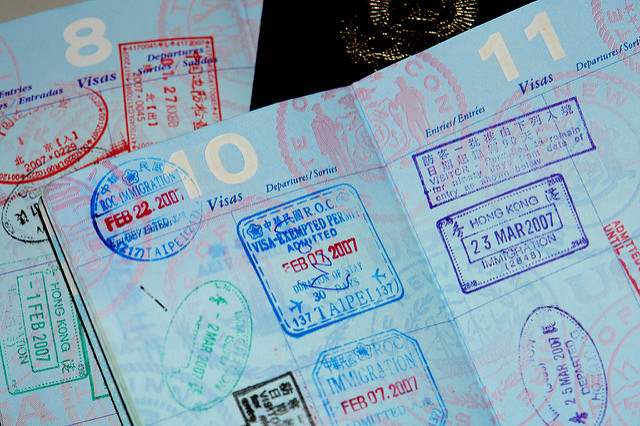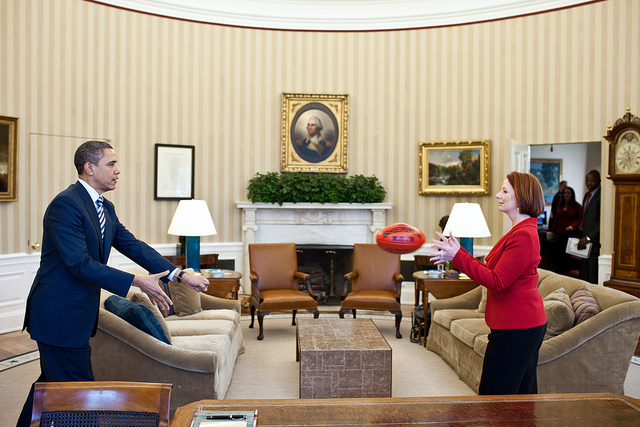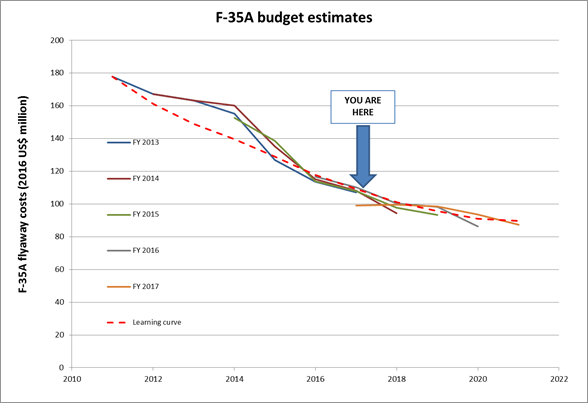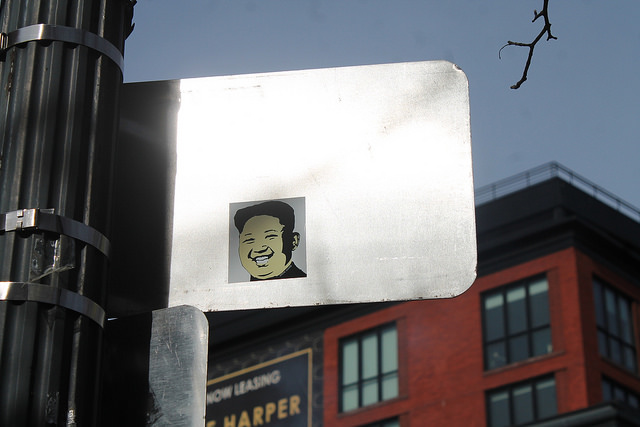Trump’s China challenge

Over the last eight years, as China’s posturing in Asia became increasingly aggressive, many criticized US President Barack Obama for failing to stand up to the Asian giant. It was on Obama’s watch, after all, that China captured the disputed Scarborough Shoal from the Philippines and built seven artificial islands in the South China Sea, on which it then deployed heavy weapons—all without incurring any international costs.
Many expect Obama’s tough-talking successor, Donald Trump, to change all of this. He is not off to a good start.
During the campaign, Trump threatened to retaliate against China for ‘raping’ America on trade, to impose massive tariffs on Chinese imports, and to label China a currency manipulator on ‘day one.’ Soon after his victory, Trump took a congratulatory phone call from the president of Taiwan, thereby breaking with nearly 40 years of diplomatic orthodoxy. Trump then took the matter a step further, publicly suggesting that he would use the ‘One China’ policy as a bargaining chip in bilateral negotiations over contentious economic and security issues—from import taxes to North Korea.
But Trump backed down. Chinese President Xi Jinping made it clear that he would not so much as talk to Trump on the phone without assurance that the US president would pledge fidelity to the One China policy. The call happened, and Trump did exactly what Xi wanted, ostensibly without extracting anything in return. If China now perceives Trump to be all bark and no bite, he will undoubtedly find it harder to secure concessions from China on trade and security issues.
Trump is not the only figure in his administration to stake out a bold position on China, and then retreat meekly. During his Senate confirmation process, US Secretary of State Rex Tillerson declared that the US should ‘send China a clear signal’ by denying it access to its artificial islands in the South China Sea. China’s expansionism in the region, Tillerson asserted, was ‘akin to Russia’s taking Crimea’ from Ukraine—an implicit criticism of Obama for allowing the two developments.
But Tillerson, like his new boss, soon backed down. The US, he now claims, merely needs to be ‘capable’ of restricting China’s access to the South China Sea islands, in the event of a contingency.
And yet China’s behavior merits stronger US action now. The country is attempting to upend the status quo not only in the South China Sea, but also in the East China Sea and the Himalayas. It is working to create a large sphere of influence through its ‘one belt, one road’ initiative. And it is reengineering transboundary river flows. All of this is intended to achieve Chinese leaders’ goal of re-establishing the country’s mythical ‘Middle Kingdom’ status.
Flawed US policy has opened the way for these efforts, in part by helping to turn China into an export juggernaut. The problem isn’t that China has a strong economy, but rather that it abuses free-trade rules to subsidize its exports and impede imports, in order to shield domestic jobs and industry. Today, China sells $4 worth of goods to the US for every $1 in imports.
Just as the US inadvertently saddled the world with the jihadist scourge by training Afghan mujahideen—the anti-Soviet fighting force out of which al-Qaeda evolved—it unintentionally created a rules-violating monster by aiding China’s economic rise. And it sustained its China-friendly trade policy even as China’s abuses became bolder and more obvious.
It is ironic that China, which has quietly waged a trade war for years, has responded to Trump’s threats to impose punitive tariffs by warning—notably, at this year’s World Economic Forum Annual Meeting in Davos—of the risks of protectionism and trade wars. But not everyone is falling for China’s story. A growing number of countries are recognizing that reciprocity should guide their relations with China.
Trump himself may yet challenge China. When he agreed to abide by the One China policy, he said that he had done so at Xi’s request, suggesting that his commitment to the policy should not be taken for granted.
Moreover, even without defying the One China policy, Trump has ample room to apply pressure. He could start by highlighting increasing Chinese repression in Tibet. He could also expand political, commercial, and military contacts with Taiwan, where the One China policy has had the paradoxical effect of deepening people’s sense of national identity and strengthening their determination to maintain autonomy.
In any case, as China continues to pursue its hegemonic ambitions, Trump will have little choice but to pivot toward Asia—substantively, not just rhetorically, as Obama did. To constrain China and bring stability to Asia, he will have to work closely with friends. His efforts to establish a personal connection with Japanese Prime Minister Shinzo Abe—the first foreign leader he hosted at Mar-a-Lago, his ‘Winter White House’—and the high priority his administration is assigning to relations with India and South Korea are positive signs.
By failing to provide strategic heft to his Asia pivot, Obama left it unhinged. Trump has the opportunity—and the responsibility—to change this. If he doesn’t, China will continue to challenge US allies and interests, with serious potential consequences for Asia and the world.








